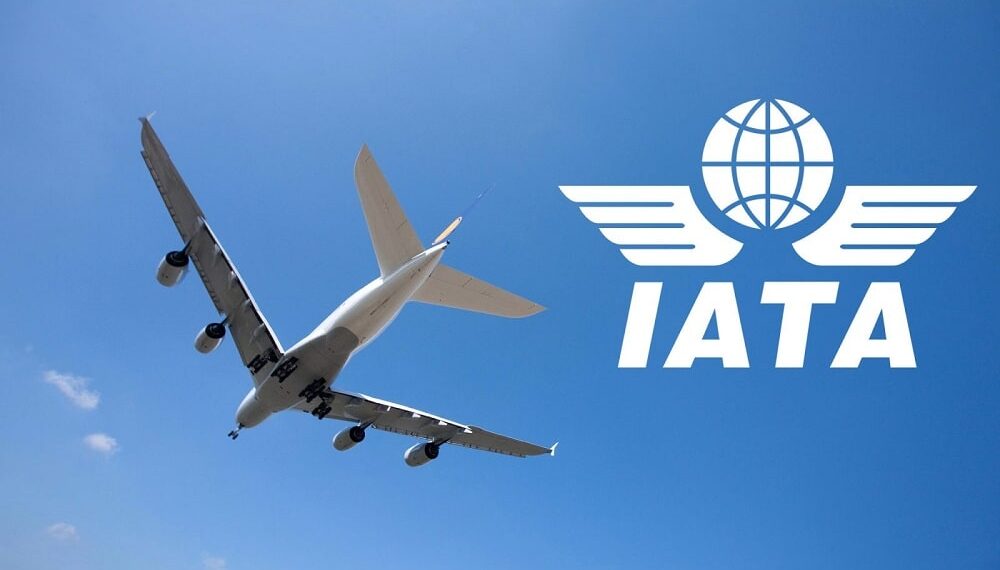The Single African Air Transport Market (SAATM) is acknowledged by the International Air Transport Association (IATA) as the crucial factor in unlocking the potential of aviation in Africa. While SAATM has gained momentum in recent years, its true significance has not been fully recognized on a continental scale. Currently, 34 out of the 54 African states have joined SAATM, with Uganda considering participation later this year. These 34 countries represent approximately 80% of the existing aviation market in Africa.
IATA’s Focus Africa initiative aims to enhance air travel’s contribution to Africa’s socio-economic development by capitalizing on commercial and economic opportunities. It prioritizes six areas, including connectivity, and seeks to promote market access liberalization through SAATM. IATA predicts that opening markets and improving connectivity in 12 major countries could generate 155,000 jobs and $1.3 billion in annual revenue.
Stakeholders collaborate to promote African market liberalization, emphasizing the need for the support of decision-makers and effective implementation of SAATM. Limited connectivity in Africa can be alleviated through the fifth freedom, which stimulates aviation sector growth by granting access to crucial markets.
The Yamoussoukro Declaration (YD) grants states the freedom to operate scheduled and non-scheduled flights, known as the first to fifth freedoms of the skies. However, certain airlines have been denied the exercise of these freedoms.
AFCAC, the executing agency for SAATM, facilitates collaboration among African states to establish a sustainable air transport market. Currently, 23 SAATM signatories have agreed to an application memorandum aimed at removing restrictions outlined in Bilateral Air Services Agreements (BASA) that contradict the YD. Continuous communication with stakeholders is crucial to ensure effective SAATM implementation and advocate for the benefits of open skies, as demonstrated by the AASA and AFCAC.
AFCAC launched the SAATM Pilot Implementation Project, focusing on countries ready for SAATM implementation. Around 20 countries are committed to expediting the process. To overcome the challenges of managing 54 countries, they have been divided into clusters. Granting market access and fifth freedoms with unrestricted capacity and frequency among countries in these clusters is crucial. However, strict visa requirements, limited access for foreign airlines, high costs for landing, inspections, and opening local offices hinder SAATM’s full implementation. Some states also deny fifth freedom rights to larger airlines due to competition concerns.
A major obstacle to SAATM is the lack of prioritization of aviation by some governments. They haven’t fully grasped the potential of a thriving air transport sector and prioritize other industries over aviation. AASA’s CEO, Aaron Munetsi, emphasized the need to address this challenge. However, Munetsi highlighted the importance of reinvesting revenue from airlines and air transport into airport development, air navigation systems, and the aviation market as a whole. IATA is ready to collaborate with global stakeholders to ensure the complete realization and implementation of SAATM.


































